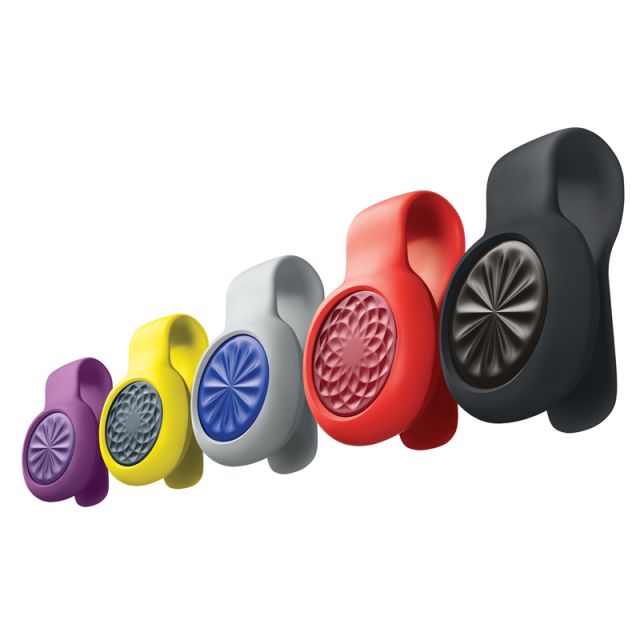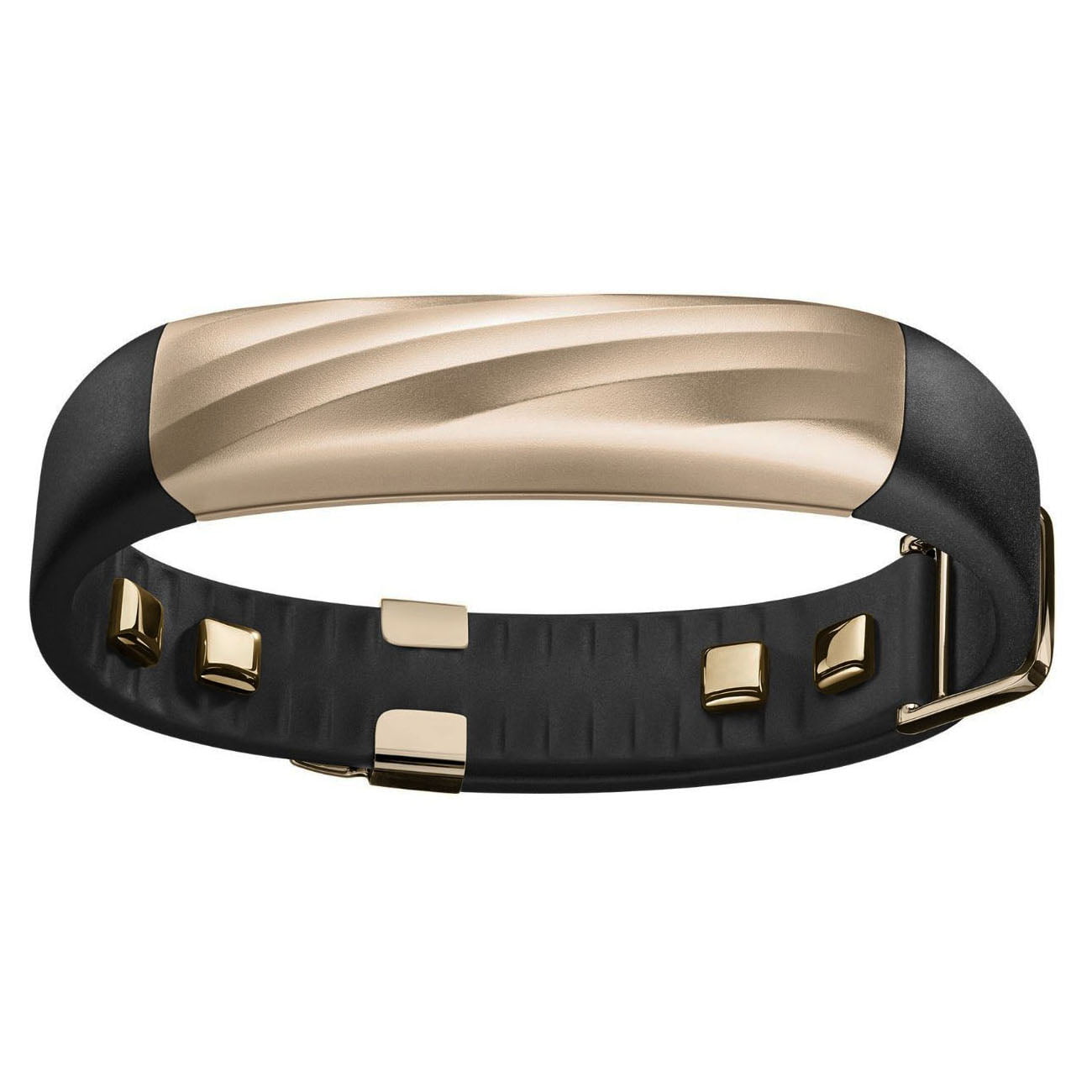
Last night, for example, I lay awake for a little while before dozing off. light sleep data is, but it compares pretty favorably to what I remember. How does it work? Jawbone says that the device monitors your "micro-movements" that you make during the night, which supposedly let it know whether you were awake, sleeping lightly or in the midst of a deep slumber.Īgain, I have no bulletproof way of testing how accurate the whole deep sleep vs. You'll also see any points where you woke up. When when you wake up it will tell you not just how long you've slept, but also how much of that was spent in light sleep vs. Before you go to sleep, you put the device into sleep mode (one long press on the Up24's button). I can't speak to the accuracy of the sleep tracking, but it sure is fascinating. Sleep tracking shows you not only how long you've slept, but also how much of it was (supposedly) spent in light vs.

There's a handy bar graph here too, giving you a clear visual picture of the peaks and valleys of your workout. The Up24 logs your entire workout on your timeline – including steps, distance, intensity and calories (which are estimated based on your age, gender, height and weight). Speaking of individual workouts, you can easily start those by pressing the device's lone button twice (one short press followed by one long press). I doubt any pedometer is going to be 100 percent accurate, though, and I'd say the Up24 is still comfortably within a "close enough" range of accuracy. A 50-step workout, for example, recorded as 43 steps, and a 30-step workout recorded as 27 steps. When I compared the actual steps to the steps that the Up24 recorded, it usually came up a little short. So how accurate is the Jawbone Up24? I ran a few tests where I recorded individual workouts (known as "Stopwatch Mode" on the Up24) and counted the number of steps I took. If I spend over $100 on a fitness tracker, I want it to work its magic in the background, without any effort from me (well, apart from the actual exercise). But, similar to plugging in the old non-Bluetooth version of the Up, I see little benefit in something you have to repeatedly and manually enter throughout your day. Jawbone tries to make the food-tracking as easy as possible, letting you snap a picture or scan a barcode to have the meal's info entered into your timeline. If you want to take your lifestyle tracking to a new extreme, the Up24 also lets you manually enter your meals.
#Up jawbone web monitor android
The companion app is a free download for iOS or Android The app's home screen includes a timeline of your recent activity throughout the day as well, and you can also look at broader trends of your daily, weekly or monthly progress.

Clearly-visible percentages of progress towards your daily step and sleep goals sit perched atop the app's main screen, reminding you to keep at it.
#Up jawbone web monitor series
The Jawbone Up app displays your progress in a series of colorful bar graphs. There's a very real motivating factor that goes along with sharing your fitness tracking with friends (just try not to pick the friends that will take it a little too seriously, okay?). Or maybe you and your spouse just want to inject a little friendly competition into your daily fitness routines. Imagine you're part of a weight loss club that meets once a month.

I'm usually the first person to cringe when I see yet another social network trying to force its way into my life, but this (optional) one serves a very practical purpose.

The Up platform also serves as a mini social network, letting you team up with friends to compare progress and motivate one another. The companion Jawbone Up app gives you plenty of colorful bar graphs to view your movement and sleep data


 0 kommentar(er)
0 kommentar(er)
